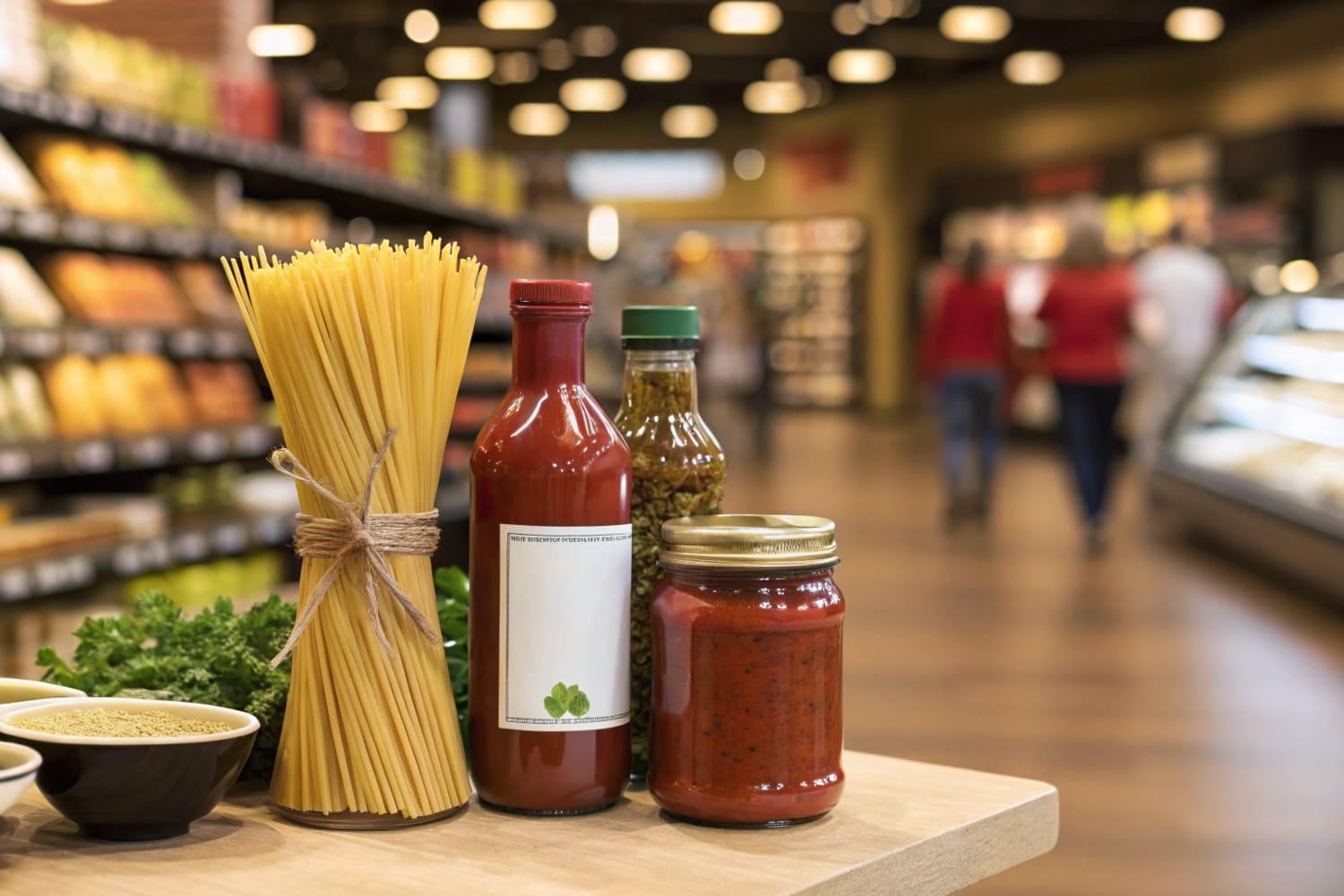Many stores place related goods apart, so shoppers forget them. That lost chance hurts sales. Cross merchandising closes this gap and lifts revenue, as my own factory experience keeps proving.
Cross merchandising means placing two or more related items together—like coffee and travel mugs—so shoppers spot the need link and buy more in one trip.
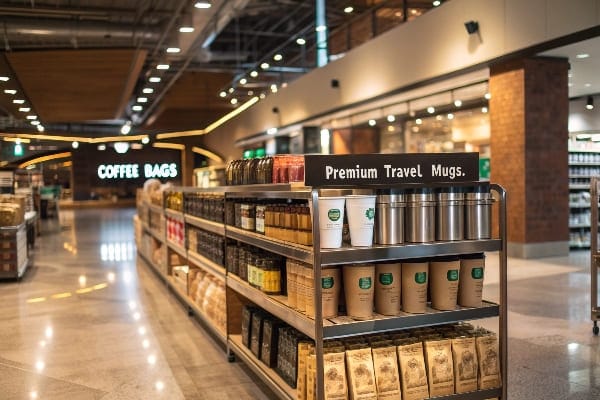
A smart layout spikes sales fast, yet the real magic appears when every pairing tells a clear use story. Keep reading and I will break the method into steps you can use tomorrow.
What is an example of cross merchandising?
Busy shoppers miss hidden links between products, so they skip extras. Show a clear combo and the basket grows. I face this every time we ship displays for holiday bundles.
Placing batteries next to a child’s remote-control car is cross merchandising; the car hints that batteries are needed, so parents add both without thinking.
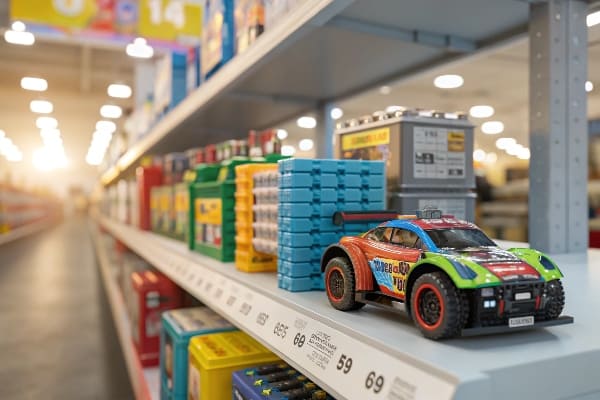
Why It Works
Cross merchandising nudges a need the shopper already has but may overlook. When a parent grabs a flashy remote-control car, their mind is on delight, not power supply. By lining batteries beside the toy, the store solves a future pain—“dead toy on Christmas morning.” Because the offer feels helpful, the shopper buys without feeling upsold.
Real Store Scenario
I still recall a Midwest outdoor chain that ordered our cardboard endcap showing hunting knives with compact sharpeners clipped on. The display boosted sharpener sales1 by 40 % in two weeks. The knives told a story of edge maintenance. The customer felt smart preparing ahead, and the retailer cashed in on an item often ignored at checkout.
Structured View
| Primary Product | Cross-Merchandised Product | Shopper Benefit |
|---|---|---|
| Remote-control car | AA Batteries | Avoid disappointment when the toy stops |
| Coffee beans | Travel mugs | Enjoy hot coffee on the go |
| Pasta sauce | Parmesan cheese | Complete the meal in one aisle |
How do you cross merchandise?
Crowded aisles confuse shoppers, so even good pairings get lost. A clear method keeps the store neat and persuasive.
Choose items with a natural link, place them together at eye level, and add a sign that explains the connection in one short phrase.
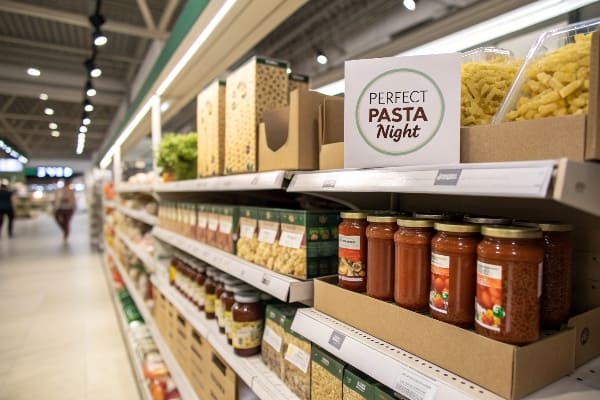
Step-by-Step Guide
1. Spot Complementary Needs
Start with the hero item that drives traffic. Ask what else the buyer needs to use or enjoy it. For example, crossbow bolts2 for a new crossbow.
2. Check Basket Data
If possible, mine past receipts to confirm that shoppers often buy both, though not always together. This evidence keeps your idea grounded, not guesswork.
3. Design the Zone
Keep the pair within one arm span. Vertical stacks work well: hero product on top, add-on below. My cardboard displays often include a header card showing both in action, plus a three-word callout such as “Don’t Forget Bolts.”
4. Control Inventory
Cross merchandising fails when one item sells out. Track both SKUs and reorder early. I print QR labels on displays so staff can scan and restock fast.
5. Measure and Adjust
Compare weekly unit sales3 before and after the change. I use simple spreadsheets, no fancy tools. If uplift is weak, tweak placement, lighting, or the sign copy.
Table of Practical Tips
| Step | Key Action | Tool I Use |
|---|---|---|
| Need Match | Map hero-add-on | Brainstorm grid |
| Data Check | Review receipts | POS export |
| Zone Design | Sketch layout | Simple pen sketch |
| Stock Watch | Set par levels | QR reorder tags |
| Measure | Track lift | Weekly Excel sheet |
What are the 4 types of merchandising?
Retailers juggle different goals, and each type needs its own tactics. Mixing them up muddies results.
The four types are product merchandising, retail merchandising, visual merchandising, and digital merchandising.
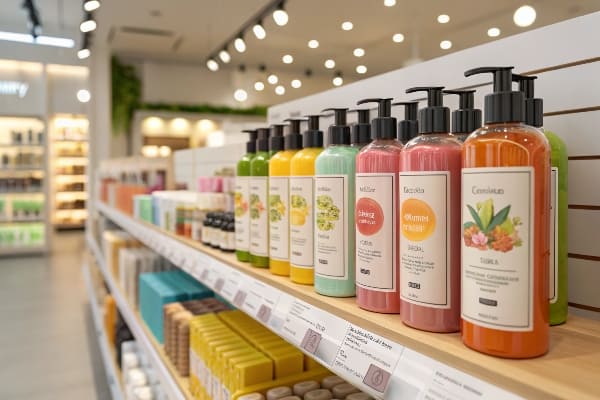
Clear Definitions
Product Merchandising4
This covers planning, pricing, and promoting the physical goods themselves. My team decides box size and print finish here.
Retail Merchandising
Focuses on in-store execution—planograms, fixtures, and seasonal swaps. Our cardboard floor stands live in this space.
Visual Merchandising5
Deals with look and feel: color, lighting, props. Think window displays or the themed hunting lodge vibe that David from Barnett Outdoors loves for launches.
Digital Merchandising6
Translates the same logic to e-commerce. Cross sells pop up under the cart: “Need arrows with that bow?”
Why Distinguish Them?
Each type owns different levers. Product merchandising can cut cost per unit by redesigning packaging. Retail merchandising wins eye level space. Visual merchandising sparks emotion. Digital merchandising adds algorithm muscle. When these four line up, the shopper sees one clear story from web to shelf.
Comparison Table
| Type | Main Goal | Key Tools | My Factory’s Role |
|---|---|---|---|
| Product | Optimize item | Packaging, pricing | Structural design |
| Retail | Place goods | Fixtures, endcaps | Cardboard displays |
| Visual | Attract eyes | Color, props | Print quality, graphics |
| Digital | Guide online picks | Algorithms, UI | 3D renders for listings |
What are 5 examples of merchandising companies?
Big names dominate headlines, but smaller players also set smart examples that we can copy at any scale.
Target, Walmart, IKEA, Sephora, and REI all excel at distinct merchandising tactics that raise sales and brand love.
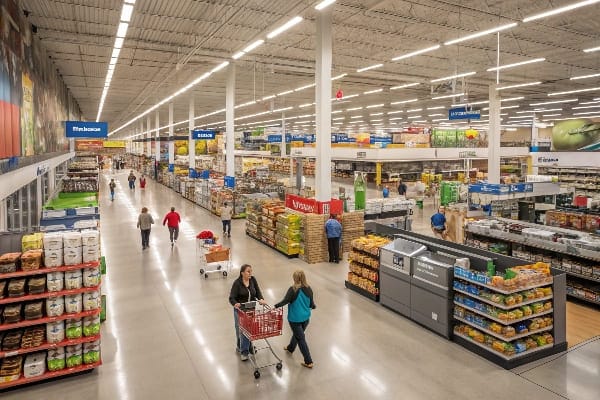
Brief Profiles
Target
Known for “cheap chic7,” Target uses strong private labels and clean aisle layouts. Their endcaps highlight seasonal pairings, often on bright red displays like the ones we supply to export markets.
Walmart
The king of everyday low price also masters cross merchandising8 through pallet drops. Chicken feed beside lawn tools in spring? It moves.
IKEA
The showroom path forces you past fully styled rooms. Each setting bundles furniture with small add-ons. A lamp lands in your cart before you know it.
Sephora
Uses color-coded zones and tester bars. Lipsticks sit near removers, so beauty fans pick both.
REI
For outdoor gear, they group tents with repair kits. Their in-store classes even teach why both matter, turning shoppers into loyal members.
Table of Standout Moves
| Company | Signature Merchandising Move | Cross Merch Example |
|---|---|---|
| Target | Seasonal endcaps | Beach towels + sunscreen |
| Walmart | Pallet drops | Snacks + party cups |
| IKEA | Room paths | Bed frame + linens |
| Sephora | Tester bars | Lipstick + remover |
| REI | Education events | Tent + patch kit |
What are the benefits of cross merchandising?
Retail space costs money. Each added item must earn its keep. Cross merchandising gives multiple payoffs from one shelf.
It lifts average basket size, speeds inventory turnover, improves shopper convenience, and increases impulse buys while deepening brand perception.
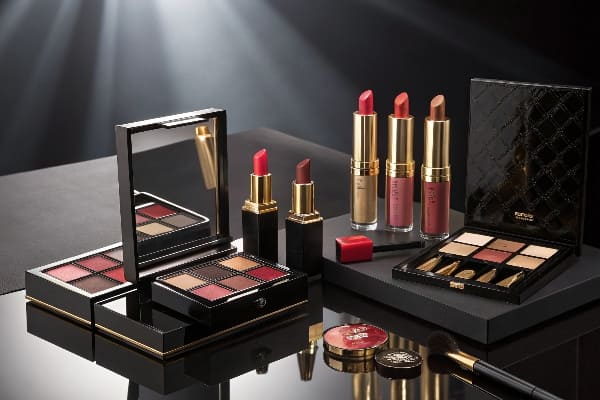
Payoffs Explained
Higher Basket Size9
When the add-on sits next to the hero, shoppers see value, not upsell. Our display tests show an average 25 % ticket lift.
Faster Turnover
Slow-moving accessories hitch a ride on best sellers. This clears space and cash for new products.
Convenience Halo
Customers feel the store “gets” them by solving needs in one spot. This soft benefit keeps them loyal.
Impulse Energy10
Bright signs and logical pairs tap the quick buy reflex. Even disciplined shoppers drop an extra.
Brand Story11
Smart pairings show the brand understands usage context. My cardboard artwork often prints step-by-step graphics that teach assembly and suggest extras.
Table: Benefit Metrics
| Benefit | Easy Metric | How I Track |
|---|---|---|
| Basket lift | Units per ticket | POS reports |
| Turnover | Weeks of supply | Inventory sheet |
| Convenience | Repeat visit rate | Loyalty app logs |
| Impulse buys | Add-on units | Endcap scan |
| Brand story | NPS score | Quarterly survey |
What are the 5 R’s of merchandising?
Many frameworks float around, but one simple list keeps teams aligned.
The 5 R’s are right product, right place, right time, right quantity, and right price.
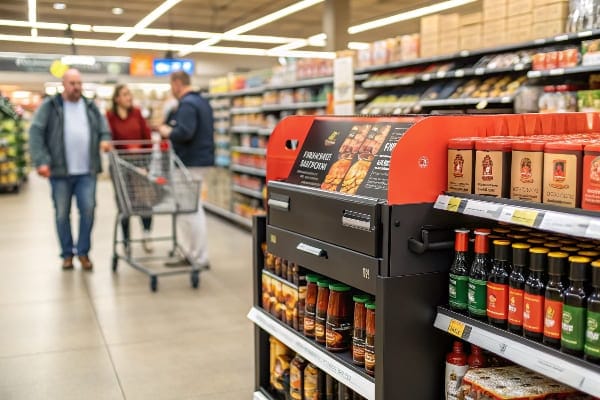
Applied Checklist
Right Product
Know your customer’s use case. A crossbow hunter12 needs strong arrows, not generic ones.
Right Place
Eye level wins. I always request shelf tests before mass printing.
Right Time
Season counts. Place bug spray near camping gear in May, not January, unless you sell in Australia.
Right Quantity
Too much stock clutters the message. My displays carry a refill bin so staff can top up in small batches.
Right Price
The add-on should feel fair next to the hero. Bundle discounts work, but even signs saying “complete your kit” move units without cutting margin.
Table: 5 R’s at a Glance
| R | Quick Question | Display Tip |
|---|---|---|
| Product | Does it solve a need? | Print use case pics |
| Place | Can shoppers grab it fast? | Keep within arm reach |
| Time | Is the need current? | Swap graphics seasonally |
| Quantity | Is stock tidy? | Use built-in dividers |
| Price | Does value feel clear? | Highlight cost-per-use |
Conclusion
Cross merchandising turns scattered products into helpful stories. Pair the right items, present them clearly, and watch sales rise without extra floor space. Start small, measure, and refine.
Learning about successful product placement strategies can provide insights into increasing sales and optimizing store layouts. ↩
Explore this link to find expert recommendations on crossbow bolts that enhance your shooting experience. ↩
Discover effective methods for tracking weekly unit sales to optimize your inventory and sales strategies. ↩
Understanding Product Merchandising can enhance your strategy for optimizing goods and packaging, crucial for retail success. ↩
Exploring Visual Merchandising reveals how aesthetics influence shopping experiences and can drive sales effectively. ↩
Learning about Digital Merchandising can help you leverage online tools to boost sales and improve customer engagement. ↩
Explore this link to understand how ‘cheap chic’ influences consumer behavior and retail strategies, especially at Target. ↩
Learn about cross merchandising techniques that boost sales and enhance customer experience, as seen in Walmart and others. ↩
Understanding higher basket size can help retailers optimize sales strategies and improve customer experience. ↩
Exploring impulse energy can reveal effective marketing tactics to boost spontaneous purchases and increase revenue. ↩
A strong brand story can enhance customer loyalty and differentiate products in a competitive market, making it worth exploring. ↩
Explore this link to find specialized arrows that enhance performance for crossbow hunters, ensuring a successful hunt. ↩

